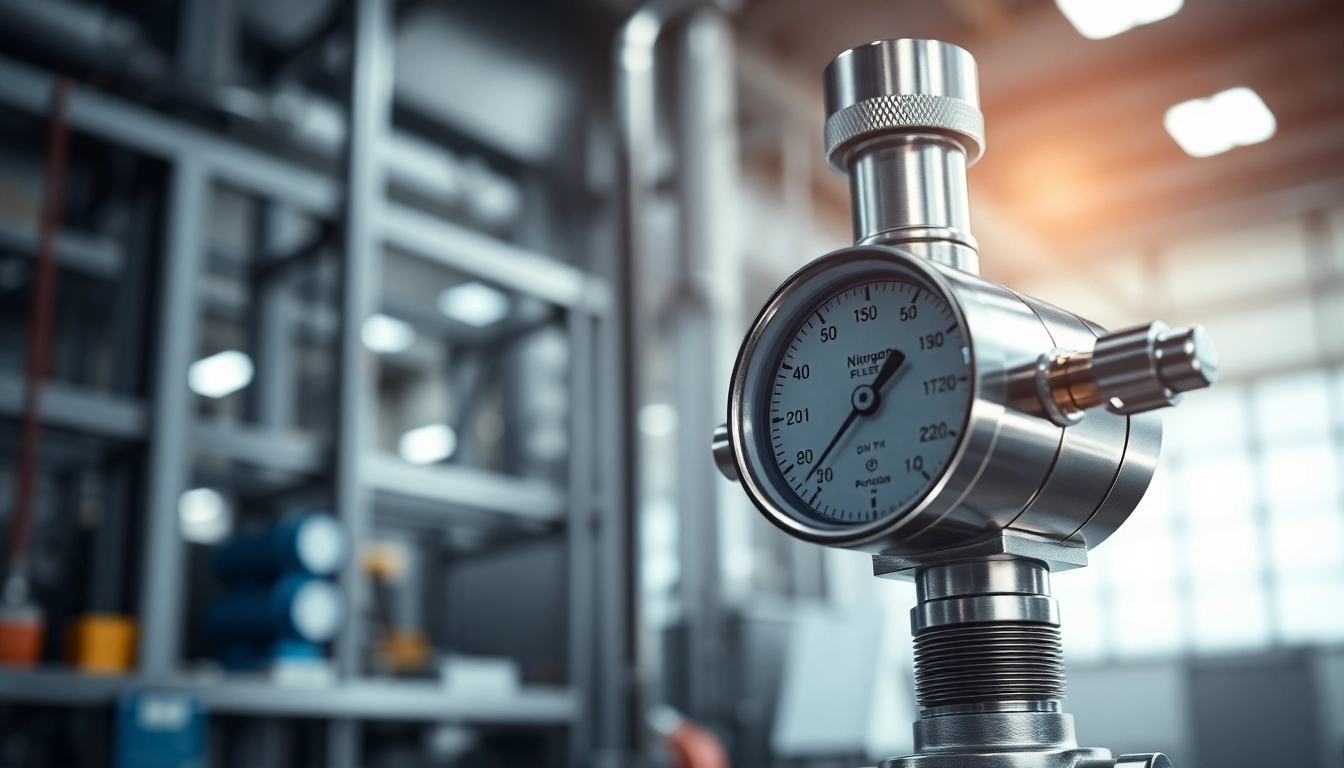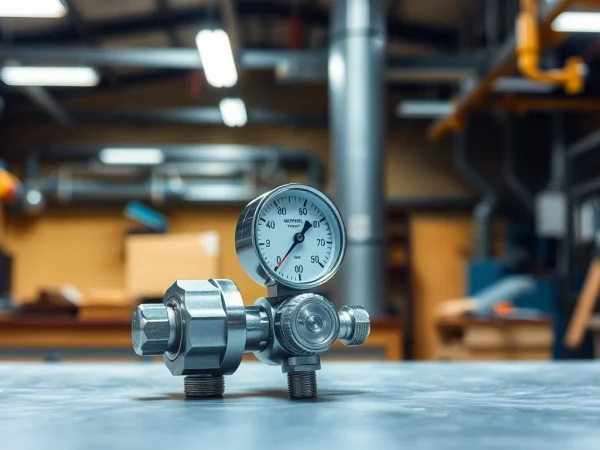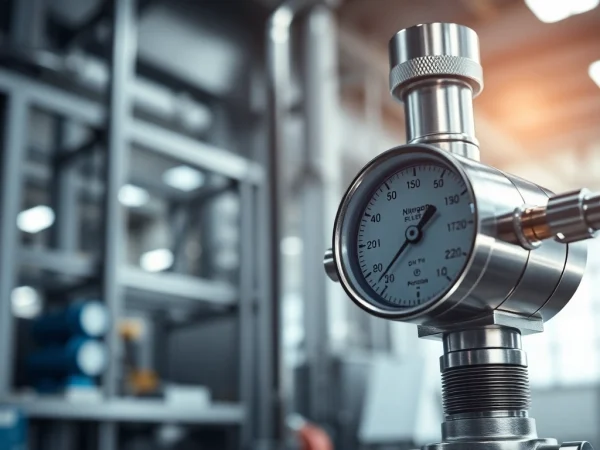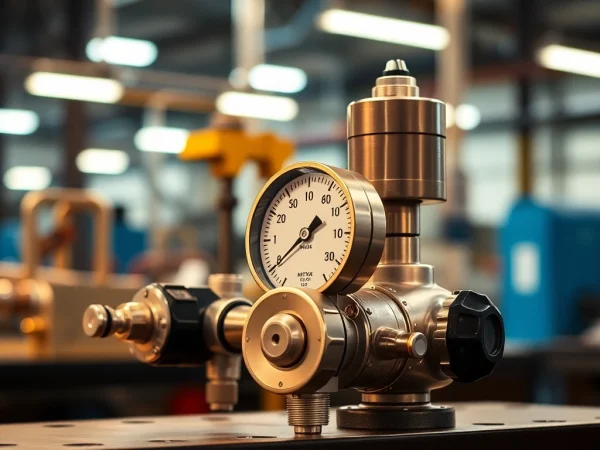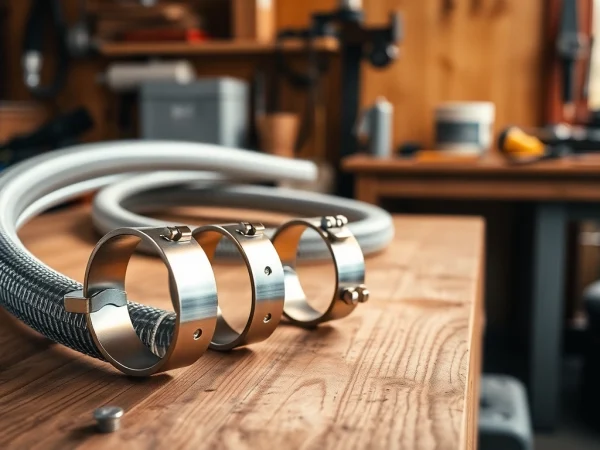Essential Guide to Nitrogen Regulators: Features, Uses, and Maintenance Tips
Understanding Nitrogen Regulators
Nitrogen regulators play a crucial role in a variety of applications that require precise control over the flow and pressure of nitrogen gas. Whether in medical facilities, manufacturing units, or HVAC systems, nitrogen regulator helps manage the delivery of nitrogen effectively while maintaining safety standards. This comprehensive guide will explore the functionality, applications, and maintenance of nitrogen regulators, ensuring you understand how to select, operate, and troubleshoot these vital devices.
What is a Nitrogen Regulator?
A nitrogen regulator is a device designed to reduce and control the high pressure from nitrogen gas cylinders to a lower, usable pressure. Regulators ensure that the output pressure can be adjusted to suit the requirements of specific applications, whether that be for welding, food preservation, or laboratory testing. The efficient operation of a nitrogen regulator not only optimizes performance but also ensures safety in its deployment by preventing overpressure scenarios.
Key Components of a Nitrogen Regulator
Nitrogen regulators vary in design and complexity, but most share common components:
- Body: The main housing that contains the internal components.
- Pressure Gauge: Displays the pressure readings from the outlet and the inlet, allowing users to monitor the system’s performance.
- Control Valve: Adjusts the flow of gas to keep the outlet pressure at the desired level.
- Spring Mechanism: Determines the pressure setting within the regulator. The strength and size of the spring can influence how much the regulator will reduce pressure.
- Inlet and Outlet Ports: Connect the regulator to the nitrogen supply and to the end application, respectively.
How Nitrogen Regulators Work
The operation of a nitrogen regulator is vital to its function. It begins when nitrogen gas is released from a high-pressure cylinder into the regulator’s body. As the high-pressure gas enters, it pushes against the diaphragm inside the regulator. This diaphragm is connected to the control valve, which modulates flow according to the set outlet pressure. When the outlet pressure reaches the designated level, the valve closes partially, stabilizing the flow and pressure.
Applications of Nitrogen Regulators
The versatility of nitrogen regulators makes them suitable for numerous applications across different industries. Below, we explore significant use cases:
Use in Medical and Surgical Environments
Nitrogen regulators are routinely used in medical settings to supply gas for various surgical tools and equipment. In this environment, precision and reliability in pressure control are paramount. Nitrogen is often utilized for its inert properties in certain medical applications, allowing safe handling during surgeries and reducing the risk of combustion or reactions with other gases.
Nitrogen Regulators in HVAC Systems
In HVAC (Heating, Ventilation, and Air Conditioning) systems, nitrogen regulators support the pressure testing of components and systems. They help in purging systems to remove contaminants and moisture by ensuring that the nitrogen is delivered at a pressure that is not excessively high, thus preventing damage to components during the testing processes.
Industrial Applications of Nitrogen Regulators
Across the manufacturing sector, nitrogen regulators find their utility in various applications such as metal fabrication and food packaging. In food packaging, for instance, nitrogen is used to displace oxygen and extend shelf life. Regulators ensure that the nitrogen is delivered at the proper pressure for effective packaging without compromising the integrity of the package.
Choosing the Right Nitrogen Regulator
Selecting the correct nitrogen regulator is crucial for ensuring optimal performance and safety. Several factors must be considered:
Factors to Consider Before Buying
- Application Needs: Understand the specific requirements of your application, including the desired outlet pressure and flow rate.
- Material Construction: Consider the materials used in the regulator. Brass, stainless steel, and plastic may offer varying degrees of durability depending on the application.
- Pressure Ratings: Ensure the regulator’s specifications match with the nitrogen cylinder pressure and the application’s pressure requirements.
- Adjustment Features: Some regulators are preset while others are adjustable. Determine which type aligns best with your operational needs.
Comparing Features and Specifications
When analyzing different models, potential buyers should compare features such as gauge visibility, ease of adjustments, built-in safety features, and whether the unit can handle the maximum expected application workload. Reading customer reviews and manufacturer documentation may also help in making an informed decision.
Top Brands and Recommended Models
Numerous reputable brands manufacture nitrogen regulators. Some noteworthy options include:
- Victor Technologies: Known for their high-performance industrial regulators.
- Uniweld: Offers reliable regulators suited for various applications.
- Smith Equipment: Renowned for durable and user-friendly models.
- Airgas: Provides a range of models catering to both consumers and businesses.
Maintenance and Safety Tips
Proper maintenance and adherence to safety procedures are vital for long-lasting performance and to prevent accidents while using nitrogen regulators. Here are essential tips:
Routine Maintenance Checklist
- Regularly check and calibrate pressure gauges for accuracy.
- Inspect for leaks around the inlet and outlet connections.
- Clean the regulator’s inlet filter periodically to prevent clogs.
- Look for wear or corrosion on all components and replace as necessary.
- Test the function of pressure relief valves to ensure they operate correctly.
Common Issues and Troubleshooting
Common problems can include inconsistent output pressure, leaks, or complete failure to deliver gas. To troubleshoot:
- Inconsistent Pressure: Check for blockages in hoses or fittings. Inspect seals for damage.
- Leaks: Utilize a soap solution to identify leak points, ensuring that all fittings are tight.
- Failure to Deliver Gas: Ensure the nitrogen cylinder is full, and the regulator is properly adjusted.
Safety Precautions When Using Nitrogen Regulators
Safety should always be a priority when working with nitrogen regulators:
- Always use regulators suitable for the pressure range of the nitrogen cylinder.
- Employ safety glasses and gloves during setup and maintenance.
- Maintain proper ventilation in enclosed spaces when using nitrogen to prevent asphyxiation.
- Ensure no flammable materials are present in the vicinity during operation.
Future Trends in Nitrogen Regulation Technology
As technology progresses, nitrogen regulators are evolving to incorporate additional features that enhance performance and usability.
Innovations in Nitrogen Regulator Design
Manufacturers are increasingly adopting innovative designs that simplify user interactions, such as integrated digital pressure displays and smart sensors to monitor flow rates. These enhancements allow for quicker adjustments and reduce the chances of user error.
Impact of Smart Technologies
Smart technology is making its way into nitrogen regulation, with systems that can be controlled remotely or monitored via smartphone apps. This feature enables operators to keep track of pressure levels in real-time and receive alerts regarding any potential malfunctions or adjustments required, thus improving operational efficiency.
Market Trends for Nitrogen Regulators
As industries seek greater efficiency and scalability, demand for advanced nitrogen regulators is on the rise. The future market may see a shift towards eco-friendly designs that minimize energy consumption and reduce greenhouse gas emissions related to industrial processes.
